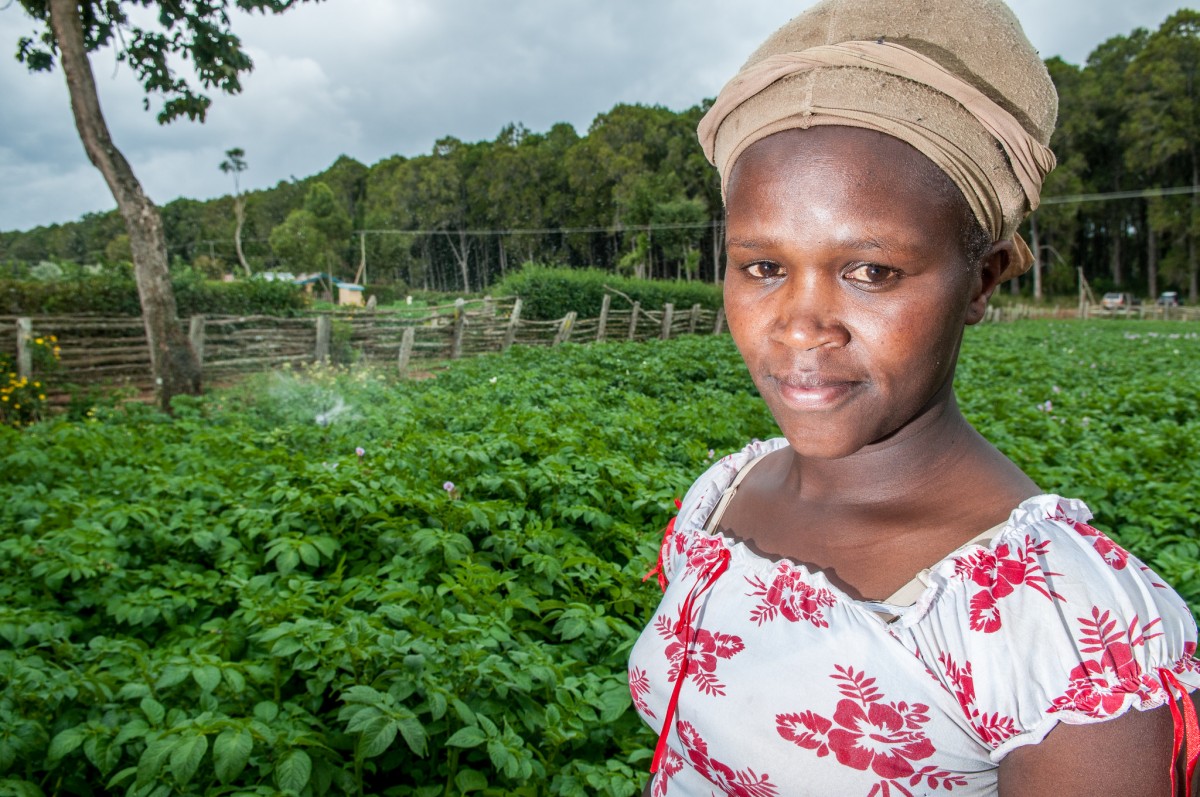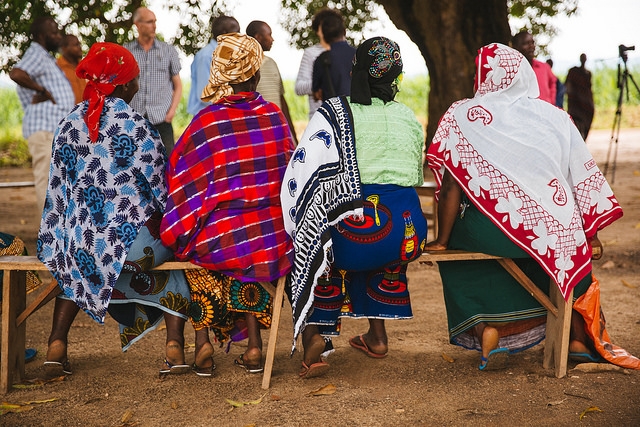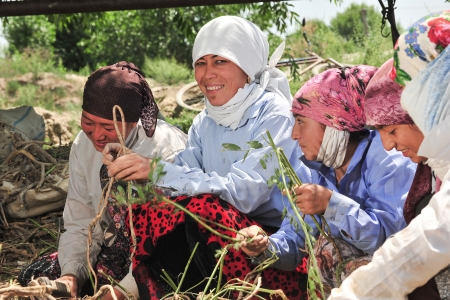Let’s start asking the right questions about women in agriculture
Women in agriculture often do lack power over assets, technologies and decisions, but their roles are more complex than what is often presented. More nuanced analyses need to consider interactions at multiple levels, external constraints, intrahousehold dynamics, social relations and market forces. Only then can we understand what incentives, both outside and within households, will have to be put in place to achieve empowerment of women in agriculture.

Moving beyond stylized facts about the role of women
The truth about women in agriculture is often obscured by myths and stylized facts, which ultimately hinders effective development programming. We’ve written previously that these myths can blind us to women’s strengths by perpetuating narratives that victimize women and villainize men. Lack of data and attention to evidence contributes to inappropriate and shallow targeting of women in projects, which may reach women, but not actually empower them.
Countering superficial narratives requires context-specific research that investigates men’s and women’s experiences of gender relations and contributes to more nuanced understandings. The existing in-depth body of gender research can, however, make broader contributions: it helps us know what to look for when we investigate gender dynamics in a specific place, what questions to ask before collecting data to inform project design, and on what topics to engage community members.
Four important lines of inquiry that are commonly missed
Insights from recent research projects by the CGIAR Research Program on Water, Land and Ecosystems (WLE) suggest that researchers, project managers and program planners need to ask at least four important questions to obtain a more nuanced understanding of how to work with women in agriculture:
1. How can we truly reach women? (Not just by completing project activities!)
Completing activities is not the same as achieving outcomes. Projects may reach women with technologies, services, cash or other goods, but we do not know what the implications of ‘reaching women’ are for their empowerment if we only record output indicators, such as the number of women attending a training or receiving an asset.
Many projects aim to ensure parity between men and women receiving a technology, thereby hoping to help close the gender gap in technology adoption. Yet the women who receive a motor pump or other technology may only nominally benefit.
Appropriation of the technology by husbands or others can occur immediately or gradually. Reaching women by distributing technologies does not guarantee that women will be able to negotiate intrahousehold relations to make decisions over the use of the technology or to control the proceeds generated.
A better approach is to study what rights women can exercise over the asset, or if women were actually able to implement the practices they were trained on.

2. What do women value and prioritize?
Different technologies offer a range of benefits that women and men may prioritize differently. Benefits of different irrigation systems, technologies and tools vary. Rope and washer pumps may only marginally improve household income, but can provide access to water for domestic purposes. Solar pumps may improve both incomes and decrease women’s labor burden. Technologies offer a range of potential benefits, and women and men have varied preferences for technologies.
Research in Ethiopia suggests that women prefer technologies that are installed near the homestead, allowing for irrigation of ‘garden’ crops that can be harvested continuously, providing a steady income and also accommodating domestic water uses to reduce the overall labor burden. Women and men both generally value higher incomes.
Understanding the potential benefits and trade-offs of irrigation technologies against the priorities and preferences of women and men enables projects to plan interventions to better meet aims and goals.
3. How can needs of different women best be met?
Widowed, divorced or single women may in some settings have more mobility and autonomy than married women. But they often face more severe resource constraints, more limited access to labor, and more isolation and marginalization in the community. A married woman, on the other hand, may rely on her husband for economic security and may see strengthening her own economic independence as putting the relationship at risk.
Project planners need to understand where different women have separate and overlapping needs. When brought together, single and married women can complement each other’s strengths and offset each other’s limitations.
4. What roles do and can men play?
Both women and men in a household may benefit from agricultural investment such as irrigation – for example through gains in income, dietary diversity and household food security. For projects with goals of empowering women, research suggests that programs targeting women also need to include men at project inception and periodically through the project cycle. Gaining men’s support for women’s involvement helps avoid male household members adversely affecting the participation of women in project activities.
Begin addressing gender realities
In short, women and men may both be reached by agricultural investments. However, planners of development projects cannot assume that women and men prioritize the same benefits, that all women have the same opportunities and needs, or that women can be empowered by targeting women only.
Rather, WLE’s research highlights that these areas need to be better investigated and understood to develop projects and programs that recognize the contextual constraints and opportunities of women and men. Looking to this set of questions can help project planners ensure that they are not basing their interventions on gender myths, but are instead actually addressing gender realities.
##
Thrive blog is a space for independent thought and aims to stimulate discussion among sustainable agriculture researchers and the public. Blogs are facilitated by the CGIAR Research Program on Water, Land and Ecosystems (WLE), but reflect the opinions and information of the authors only and not necessarily those of WLE and its donors or partners. WLE and partners are supported by CGIAR Fund Donors, including ACIAR, DFID, DGIS, SDC and others.








Add new comment